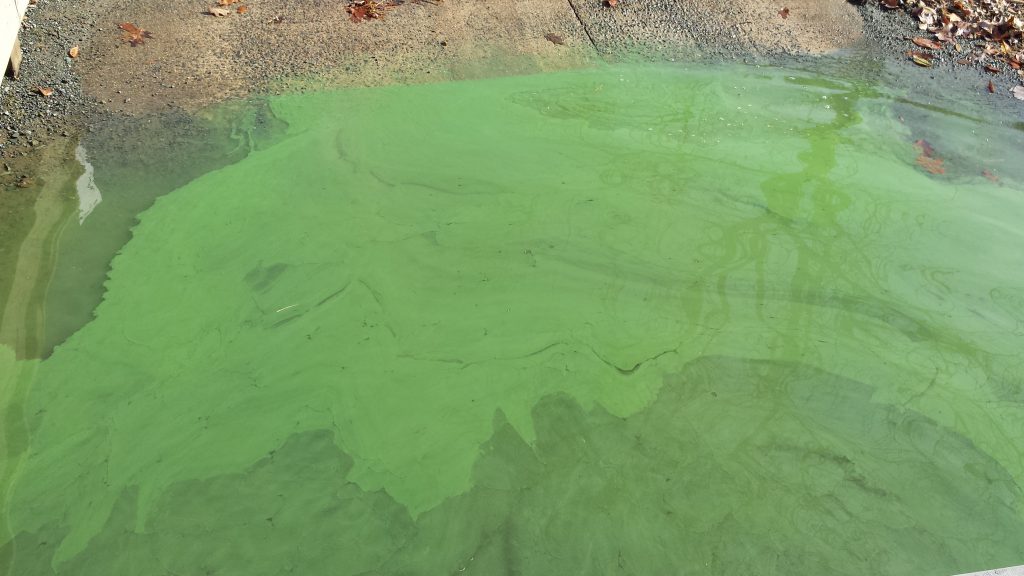
Restoring Recreational Lake in Nebraska with All-Natural Alum
Carter Lake is a 315-acre, shallow oxbow lake along the Missouri River between Nebraska and Iowa near Omaha. This lake was used by many of the local citizens for boating, fishing, and swimming. However, the lake started experiencing water quality issues due to high levels of nutrients.
The Problem: Excess Phosphorus and Nitrogen
This popular lake had elevated phosphorus (P) levels which resulted in cyanobacteria (blue-green algae) blooms and subsequent algae toxin production. This caused many concerns for residents and government leaders as toxic algae can threaten the health of aquatic life, pets, wildlife, and humans.
From 2005 to 2008, beach warnings were posted for 21 of the 80 weeks of peak summer recreation, and the lake was listed as impaired for excess algae, turbidity and low dissolved oxygen.
The Solution: Alum Application to Reduce Excess Nutrients
To get the lake safe for recreational use, the state of Nebraska decided to partner with SOLitude’s alum experts to manage the excess nutrients that were leading to poor water quality issues.
In May 2010, the entire lake received a buffered alum application and water quality improvements were immediate and dramatic. In fact, Carter Lake was removed from the EPA’s Impaired Waterbody List and the EPA’s publication highlighted the Carter Lake project as a “success story” in 2011.
The Results: Happy Citizens and Safe Water
The alum application yielded great results and resulted in the following changes:
- Total Phosphorus reduced by 72%
- Total Nitrogen reduced by 52%
- Algal toxins are non-detectable and beaches have remained open
- Water clarity improved
- Newly stocked game fish flourished
- The lake was removed from USEPA’s Clean Water Act section 303(d) list of impaired waters
Want to know more about this project?
Click here to read an in-depth report on the restoration of Carter Lake.












